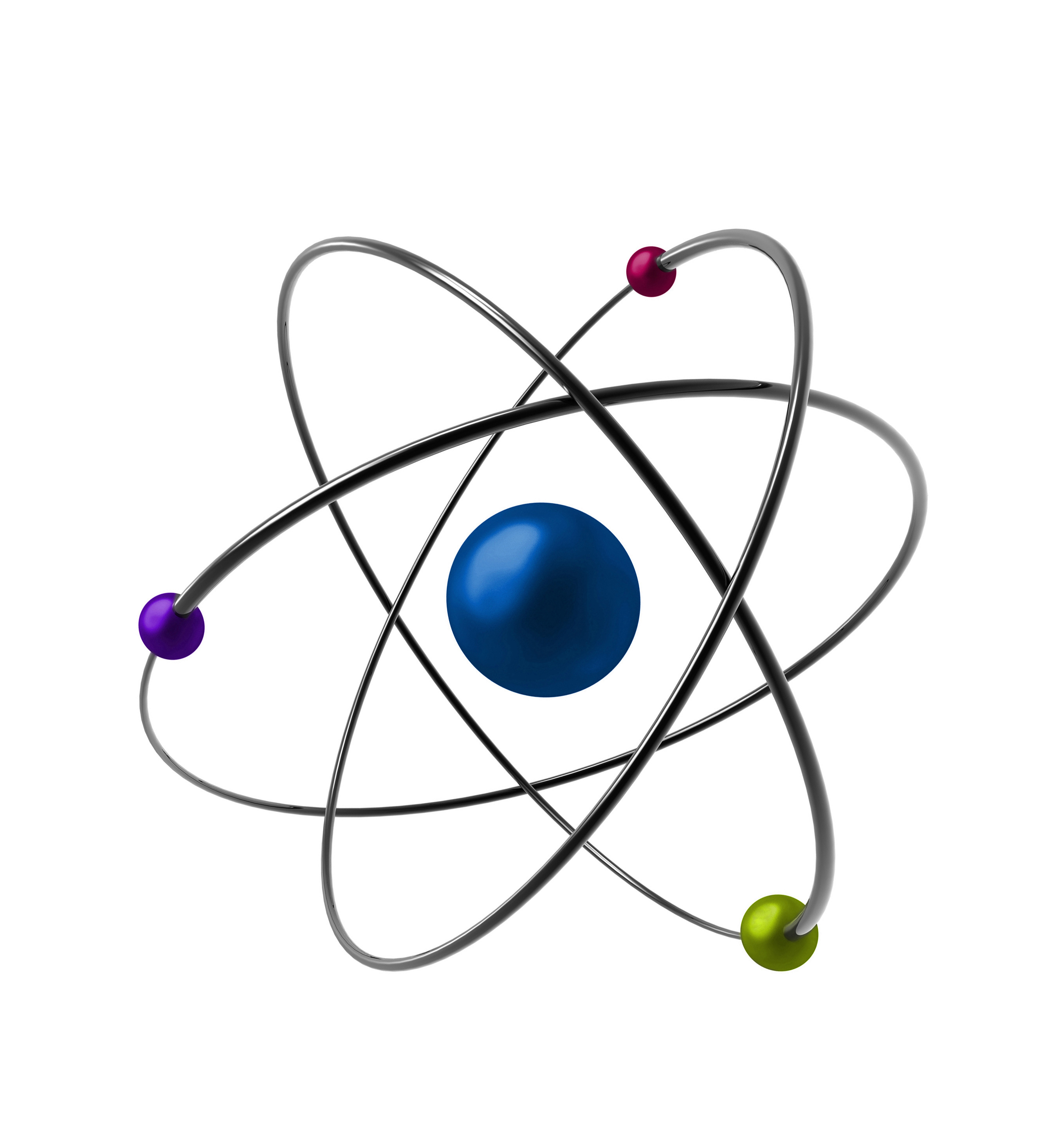In the first part of this series, we explore the possibility that we are living in a simulation. we explored the intriguing possibility that we might be living in a simulation—a theory suggesting that our reality could be a highly advanced construct created by an unknown civilization. Simulation Theory, championed by thinkers like Nick Bostrom and supported by influential voices like Elon Musk, forces us to question whether everything we perceive is artificial.
However, Simulation Theory is just one of several theories attempting to explain the nature of reality. Cognitive neuroscientist Donald Hoffman offers a radically different perspective: what we perceive as reality—spacetime, physical objects, and even our own brains—are not the true nature of existence. Instead, they are a simplified "interface" created by our consciousness. In this part of the series, we’ll dive deeper into Hoffman’s theory, compare it to Simulation Theory, and explore the profound implications for how we perceive reality and consciousness.
Recap of Simulation Theory
Before we dive into Hoffman’s theory, let’s briefly revisit the key points of Simulation Theory as outlined in Part 1. Philosopher Nick Bostrom laid out three possibilities that suggest we might be living in a simulation:
- Civilizations rarely reach the point where they can run realistic simulations of conscious beings.
- Advanced civilizations have the capability but are not interested in creating such simulations.
- If neither of the above is true, we are almost certainly living in a simulation right now.
Simulation Theory suggests that everything we experience is part of an intricate program, likely created by an advanced intelligence. Technological parallels, such as AI advancements and the peculiar behavior of quantum mechanics, lend credibility to the idea that the universe behaves much like a complex simulation.
But what if the truth is even more mind-bending? This is where Donald Hoffman’s theory comes into play.
The Hoffman Hypothesis: Reality as an Interface
Donald Hoffman’s theory challenges the foundation of Simulation Theory by suggesting that reality isn’t an external program run by a superintelligence. Instead, he proposes that spacetime and physical objects are merely an interface—like icons on a computer desktop—created by our consciousness to simplify and interact with a deeper reality.
Evolution's Role in Shaping Perception
Hoffman’s argument hinges on the idea that evolution has shaped our perception not to reveal the truth, but to enhance survival. Just as the icons on your computer screen don’t reveal the complexity of the programs behind them, the physical world we experience doesn’t reflect the true nature of the universe. Instead, it’s a highly useful fiction designed by our consciousness for survival.
Comparing the Two Theories: Simulation vs. Consciousness
Simulation Theory:
- Reality is a simulation created by a superintelligence.
- Consciousness is part of the simulation.
- An advanced civilization or intelligence serves as the external creator.
- Perception is dictated by the rules of the simulation.
Hoffman’s Hypothesis:
- Reality is an interface created by consciousness.
- Consciousness is the architect of reality.
- Reality is self-generated by conscious agents, with no need for an external creator.
- Perception is shaped by evolutionary survival needs.
Quantum Mechanics and Reality: A Shared Question
Interestingly, both Simulation Theory and Hoffman’s theory echo questions raised by quantum mechanics, particularly the idea that reality may behave differently when observed. In the famous double-slit experiment, particles appear to change their behavior based on whether they are being observed, hinting that reality could be "rendered" upon observation—similar to how a computer game only loads what the player sees.
In a simulated universe, this behavior could be explained as a way to conserve computational resources. Hoffman, however, suggests that this quantum behavior occurs not because we’re in a simulation, but because reality itself is constructed in real-time by consciousness.

Consciousness as the Architect: Hoffman’s Conscious Agents
Here’s where Hoffman’s theory takes a sharp turn from Simulation Theory. In Simulation Theory, our consciousness is just one part of the program, subject to the rules and parameters set by the creators. Hoffman, however, sees consciousness as the fundamental force behind reality. He introduces the concept of conscious agents, which are the building blocks of everything we experience.
These conscious agents aren’t "players" inside a simulation but are the creators of the game itself. They interact, share information, and construct the world in real time, making reality more like an emergent phenomenon than a pre-programmed universe.
In Hoffman’s model, we are avatars in a virtual reality designed by consciousness itself—not an external intelligence.
Conclusion: The Future of Reality Perception
Both Simulation Theory and Hoffman’s theory push us to rethink what we know about existence. While Simulation Theory suggests we are part of an external program, Hoffman’s theory places consciousness at the center of creation. The idea that reality is a construct is central to both, but Hoffman’s hypothesis offers a more profound and self-contained explanation.
As technology and our understanding of physics continue to advance, so too does our understanding of reality. Whether we are in a simulation or living within a construct created by consciousness, one thing is clear: reality is far stranger than we can currently comprehend.
Call-to-Action: What Do You Think?
What do you think? Do you believe we are living in a simulation, or is our reality a construct of consciousness? Share your thoughts in the comments below, or join the conversation on social media using #RealityDebate. We’d love to hear your perspective on these mind-bending ideas!
Join Our Community
Be the first to get exclusive updates, insights, and tech tips from our vibrant community. Join us to stay ahead in the tech world!

